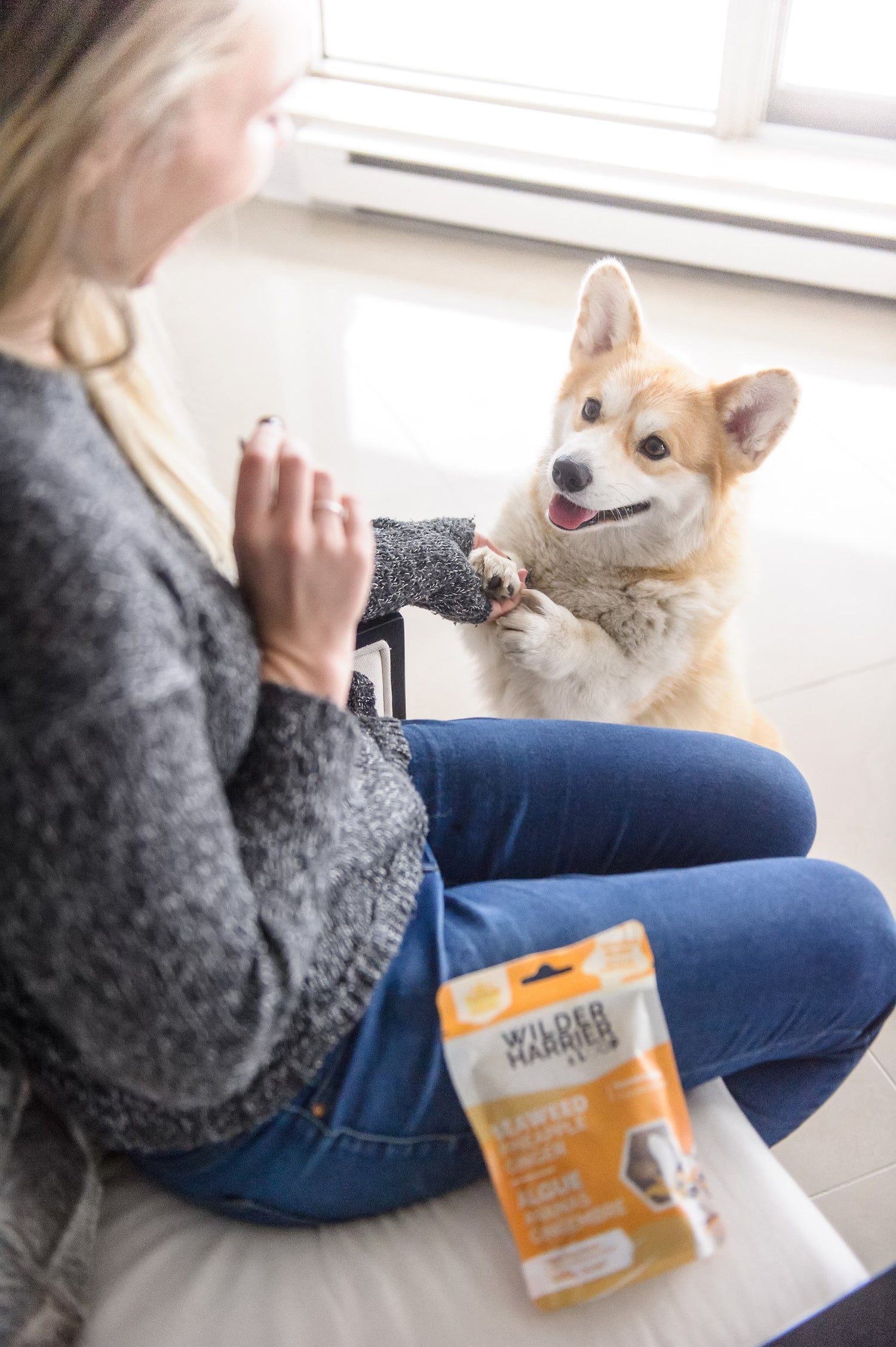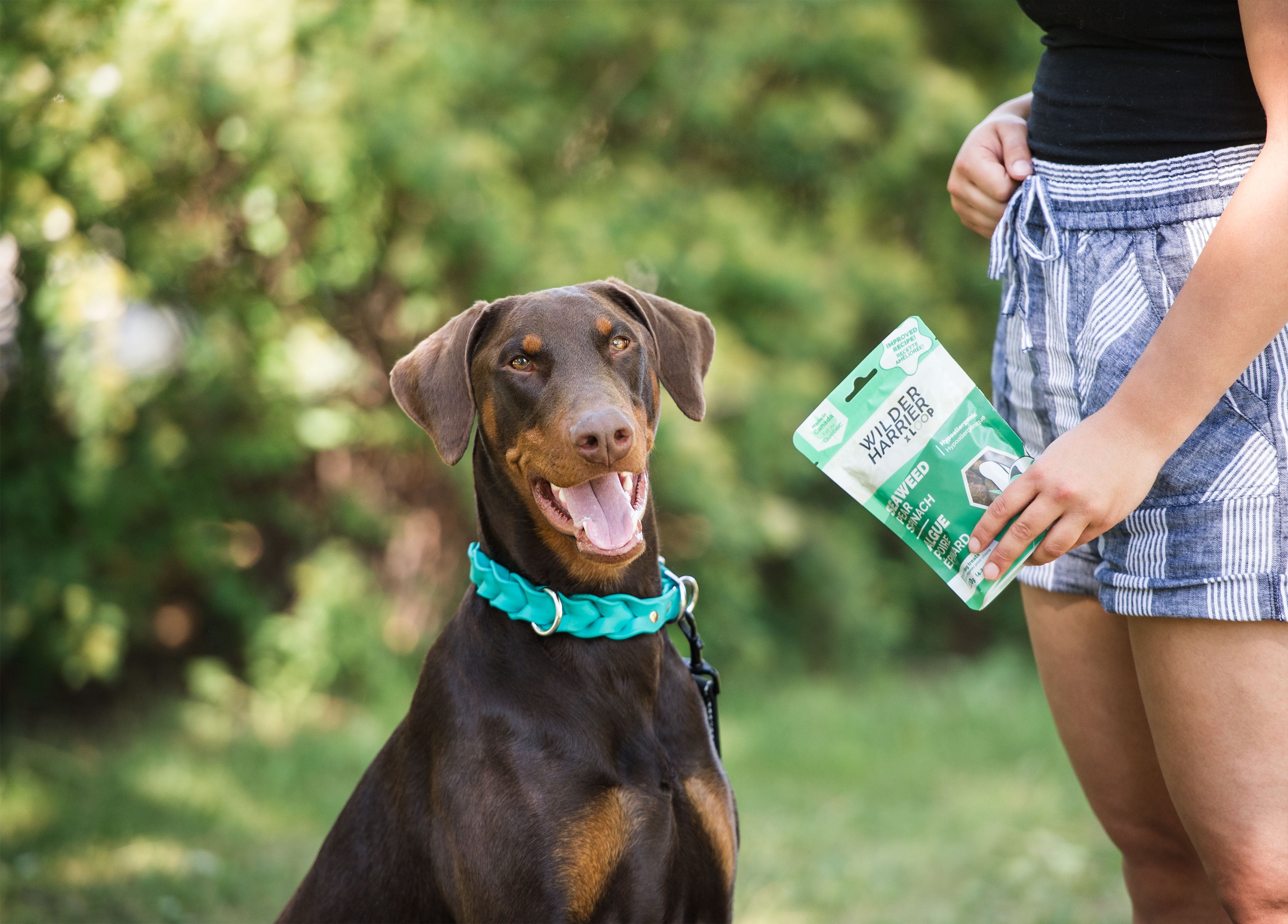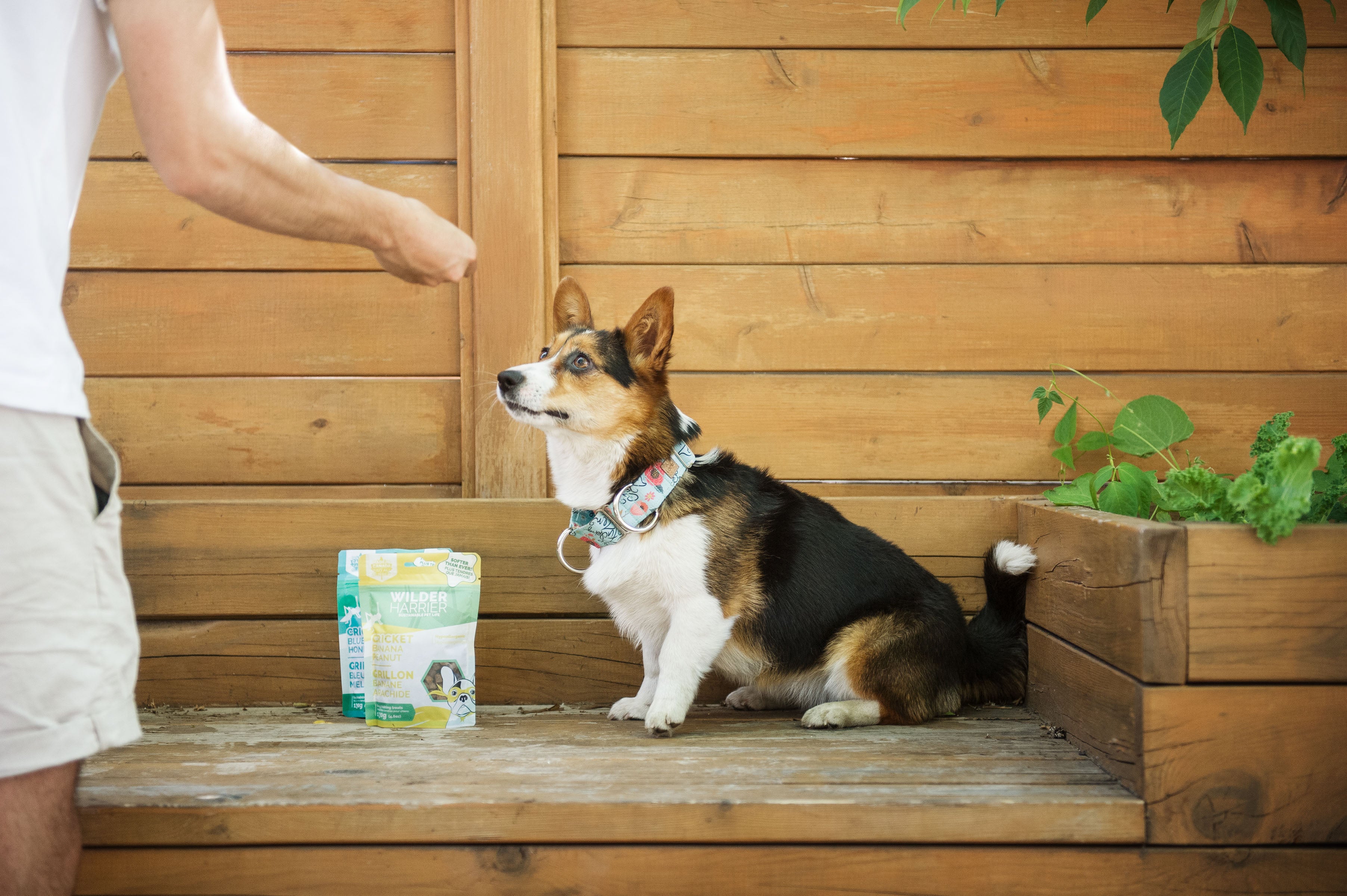So you are the lucky owner of a pooch. Good for you!
Dogs are amazing animals. They are loyal and loving, and they make great pets.
However, dogs also need training to be well-behaved members of society. There’s nothing worse than a badly-behaved dog jumping all over strangers, incessantly yapping, or being a downright menace, while their owner indulgently laughs and says “he is just playing”. URGH.
Contrary to the irritating misconception that dog training involves turning the dog into a blindly obedient robot, the fact is, the more well-trained a dog is, the more freedom they can enjoy.
Consider this. Would you rather have a dog running freely around the house knowing that your belongings AND your dog are safe? Or would you rather have your dog confined in a pen or worse, leashed, because the moment you turn your back, your dog is in the trash, or up the coffee table stealing food?
A well-timed command can even save your dog’s life, or control behavior that might have disastrous consequences.
A well-trained dog is a safe, happy dog - and a happy dog makes for a happy owner! In this blog post, we will highlight some basic commands that every dog should know, and some tips for teaching them.
The Recall
The singular most important command in the dog’s vocabulary MUST be the “come”. It can quickly call your dog to you in an event of an emergency, keeping you, and everyone around you safe.
Use a long leash and plenty of the best dog treats, and soon your dog will associate coming to you when a command is given with a perpetual reward. Even if you don’t happen to have treats, a quick head scratch or belly rub might be rewarding enough.
NEVER call your dog to you to be punished or corrected, and don’t correct your dog when they fail to come. Simply call again and reward lavishly when they finally do.
Canines with a 100% success rate for a recall are a dream come true. You know without a doubt, that when you call your dog, they will drop everything and come to you. This could be invaluable in saving their life and keeping them out of danger, like when they decide to chase a bear!
In addition, dogs without a 100% recall rate might be unreliable off-leash, especially in stressful or exciting situations.

Look At Me!
Making sure the dog's attention is focused on you is one of the most critical components of dog training, especially when training outdoors with a plethora of distractions.
Use this command to hold your dog's attention and reward and treat the moment eye contact is given.

Sit
Having your dog sit patiently instead of clamoring all over you while you eat is an excellent way to ensure a polite, calm dog.
A dog sitting cannot be jumping all over people or climbing up sofas. In addition, the “sit” teaches your dog patience and discipline. The “sit” is a precursor to the “down”, and is frequently paired with the “stay”.

Down
Just like the “sit”, the “down” teaches your dog to lay down and relax, usually in anticipation of something to come. It’ll teach your dog self-control, patience, and discipline.
When a dog is lying down, it is unable to leap up and surf countertops. It also helps stressed dogs relax, and also can be used to teach dogs where they should be, like having them in the “down” position a few feet away while you are eating at the table.

Stay
The value of the “stay” cannot be overstated. If you need to have your dog stay a distance away to keep it out of harm’s way, or if you need to control their behavior when in public, them staying put when you need them to do so is an excellent skill to have.
However, unless your dog receives more thorough training that includes you leaving the room and going out of sight for several minutes, don’t make your dog wait too long! A stay that is broken is difficult to correct, and since you are out of sight, you cannot deliver a timely correction.

Drop It!
The “drop it” command can be used in anything from hilarious situations when your dog has something comical in its mouth like your shoe or a potentially disastrous situation where your dog has another living thing in its mouth!
In addition, learning this can prevent your dog from picking things off the ground that might be toxic or dangerous.
If your dog is giving what is its mouth to you, try having something on standby to substitute it with, like training dog treats or a toy.

Off
“Off” is a way to keep Fido off the furniture, bed, or anything that your pooch is currently on. Even if you don’t mind having your dog on your furniture, you’ll need to keep him off other people’s furniture when you take him out, or off you if he jumps on you.
Use a treat and lure your pooch away from the couch or bed, rewarding them when they get off.
No
You’re going to be yelling “no!” a lot during puppyhood! It simply means “stop whatever you are doing now”.
Of course, “no” might prevent your dog from getting into lots of trouble, but will also convey that whatever behavior he is currently exhibiting is an undesirable one.
A “no” is a correction in its mildest form. With puppies and sensitive dogs, saying “no” should be done firmly, but gently. With other more boisterous, stubborn dogs, you can use a sterner tone but never yell in anger.

Conclusion
That’s all folks! Keep in mind these are very basic commands that all dogs should know, and others like “heel”, and “leave it” come a little later in your dog’s training regimen.
Stock up on plenty of hypoallergenic dog treats like these cricket dog treats, or sustainable vegan dog treats like these vegan seaweed biscuits, and start training today!




